Now, more than ever, consumers are relying on smart phones, mobile search and location-based apps to guide their in-store purchases.
73% of consumers say they have used their mobile phones to guide purchasing decisions while in stores.
These essentials will help you bring in more customers, create brand loyalty and even gain customers from your neighborhood competitors.
Mobile Optimized Website
If customers can’t view your site on mobile devices, you have already lost the location-based battle. Mobile sites are easy to come by these days. You can either choose a responsive theme for your site or build a mobile optimized site. There are tons of tools out there, including Google’s GoMo.
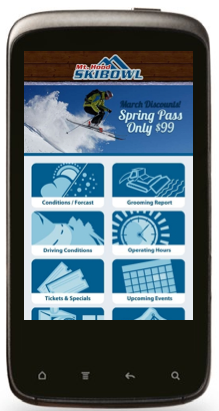
Social Media Integration
Social media apps for mobile are an essential part of boosting brand engagement and helping your storefront go viral. In order to leverage this media channel, you need profiles set up for your brand. The top 3 networks I recommend are Foursquare, Twitter and Instagram. This will enable customers to share their shopping experience with friends and overall increase the social reach for your brand.
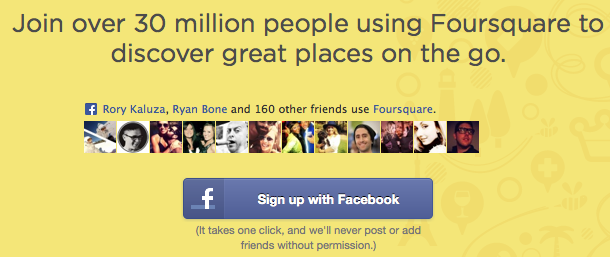
Google Places
Search visibility is a given. Since most consumers are utilizing Google Places by default, make sure you have claimed and optimized your Places page. This can be a process.
- Follow Google’s guidelines to make sure everything is properly formatted and claimed.
- Populate your profile with engaging content such as photos.
- Always ask for reviews from your customers.
Check out our guide on Google+ Local.
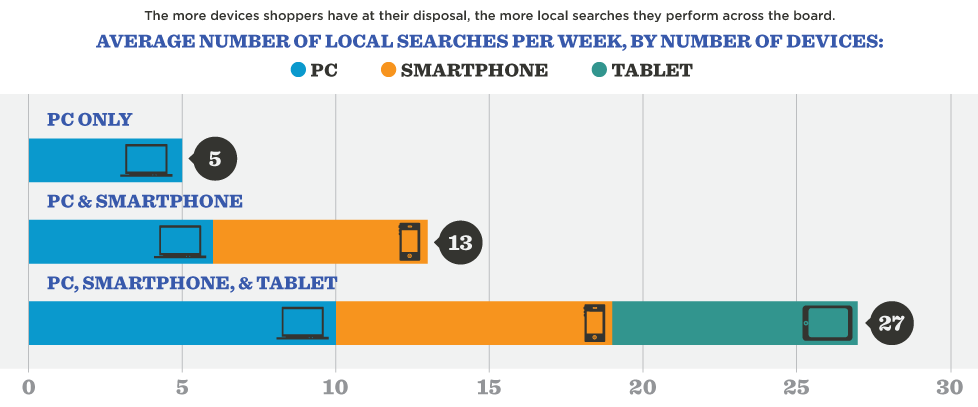
Competitor Insight
It is much easier to form a local marketing strategy when you know exactly what your competitors are doing. I recommend using these simple steps in analyzing the neighborhood competition.
- Conduct mobile searches for keywords your customers would use. Look to see what sites are ranking highly. Observe content on profiles and reviews.
- Pull out your smart phone and browse apps such as Foursquare and Yelp when at your location. Based on your GPS, the apps will show you exactly what people see when browsing local businesses. Take note of profiles, special offers and loyalty programs nearby companies are offering.
- Make a list of the competitors within a 10 mile radius. Test their sites on a smart phone or tablet. Are these sites optimized for mobile?
- Go online and look at your competitors’ social media. What are they doing special? Do they have an active community?

Exposure on Directories/Apps
Other than search engines and social media, people use apps such as Yelp and Urban Spoon to find recommendations for local services. These apps allow for a quick review of the business landscape. Sometimes your business will exist on these platforms without you even knowing. Make sure to own your profile and manage your reputation. Take reviews as feedback to improve the in-store experience. The truth is, if you don’t take control of this exposure, someone else will.
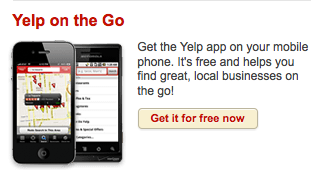
Hashtags
The concept of hashtags applies to both local marketing as well as general social media strategy. Hashtags tie conversations together on platforms such as Twitter and Instagram. You want to be active in the social conversation while inserting your brand into the minds of consumers. This will help your brand go viral. Here are two rules to follow when incorporating hashtags into your marketing.
- Create and promote unique branded hashtags for customers to use when talking about your brand on social media.
- Insert your brand into conversations including relevant trending hashtags. For example, tweet into conversations for local events.
A great tool for researching local conversations is Twitter Advanced Search.

Customer Loyalty and Offers
One of the best perks of location-based marketing is bringing back repeat customers. Offer an incentive for people to visit your store, make a purchase and keep coming back. Here are a few ideas.
- Post an offer on Foursquare. This will be searchable through the app’s location-based discovery feature.
- Gamify the shopping experience. For example, offer a free gift to the customer who visits your store most. This can be tracked through mobile check-ins.
- Promote new products with special discounts. This will entice new visitors and repeat visitors.
- Run a contest based on user-generated content. For example, hide items throughout your store and create a quiz. People can participate while using hashtags with tweets or submitting images on Instagram.
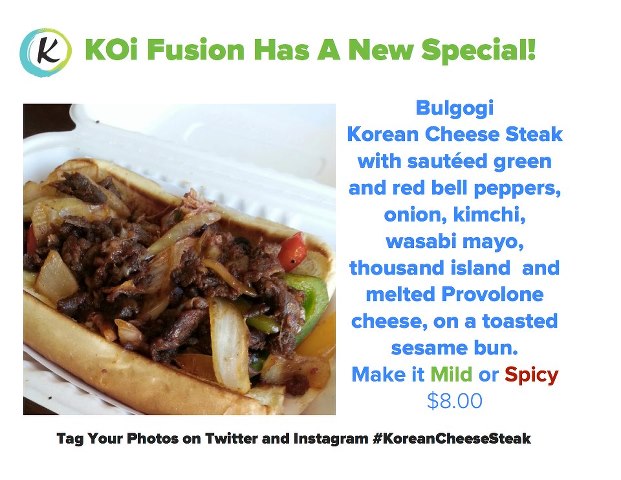
Check-ins
People have this crazy obsession with checking in on location-based apps. It might be because they get freebies or maybe they just like to show their friends. Personally, I like to track where I have been, especially when visiting a cool city such as Las Vegas or LA. Nonetheless, this is yet another way to leverage your marketing. To better understand check-ins, let’s look at the psychology from a consumer perspective.
You may ask “,what motivates customers to ‘check in’ and share their whereabouts with the world?”
Mobile technology evangelist Claudio Schapsis breaks this down with the 7 F’s.
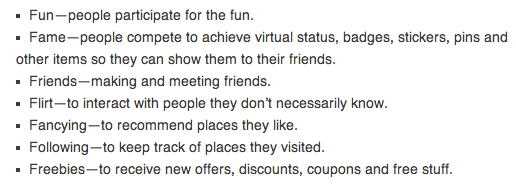
Localized Content
Engaging content can be created in many formats. It is advantageous to craft local and hyper-local content. Yes, hyper-local content. This is the type of stuff that appeals to urban neighborhoods. It will appeal on a more intimate level with your neighborhood customers. For example, you may be a chiropractor in the Pearl District of Portland. Why not create an infographic about the best neighborhood gyms?
There are a million different ways you can go with this. Here are some ideas.
- Promote a neighborhood hashtag based on a popular topic or inside joke. For example, you may use #brooklynhipsters if you are located in Brooklyn, NY.
- Create a video of your neighborhood with information on popular parks.
- Use sidewalk chalk or plant hidden items to create a local scavenger hunt where users participate with social apps.
- Create an interactive local event calendar and publish it on your blog.
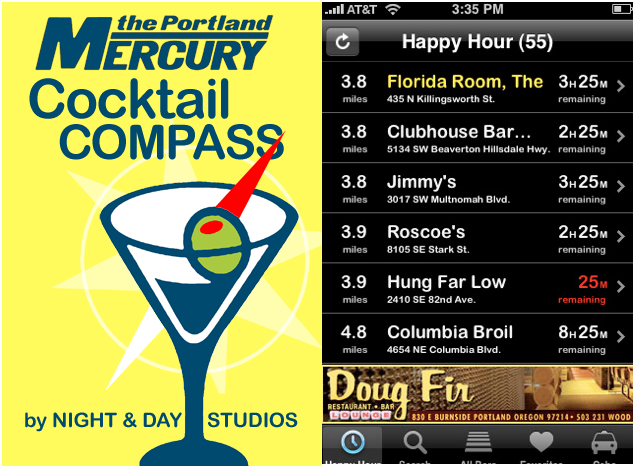
I hope this helps make better sense of location-based marketing.
How are you marketing your local business? Share your comments and questions below.

